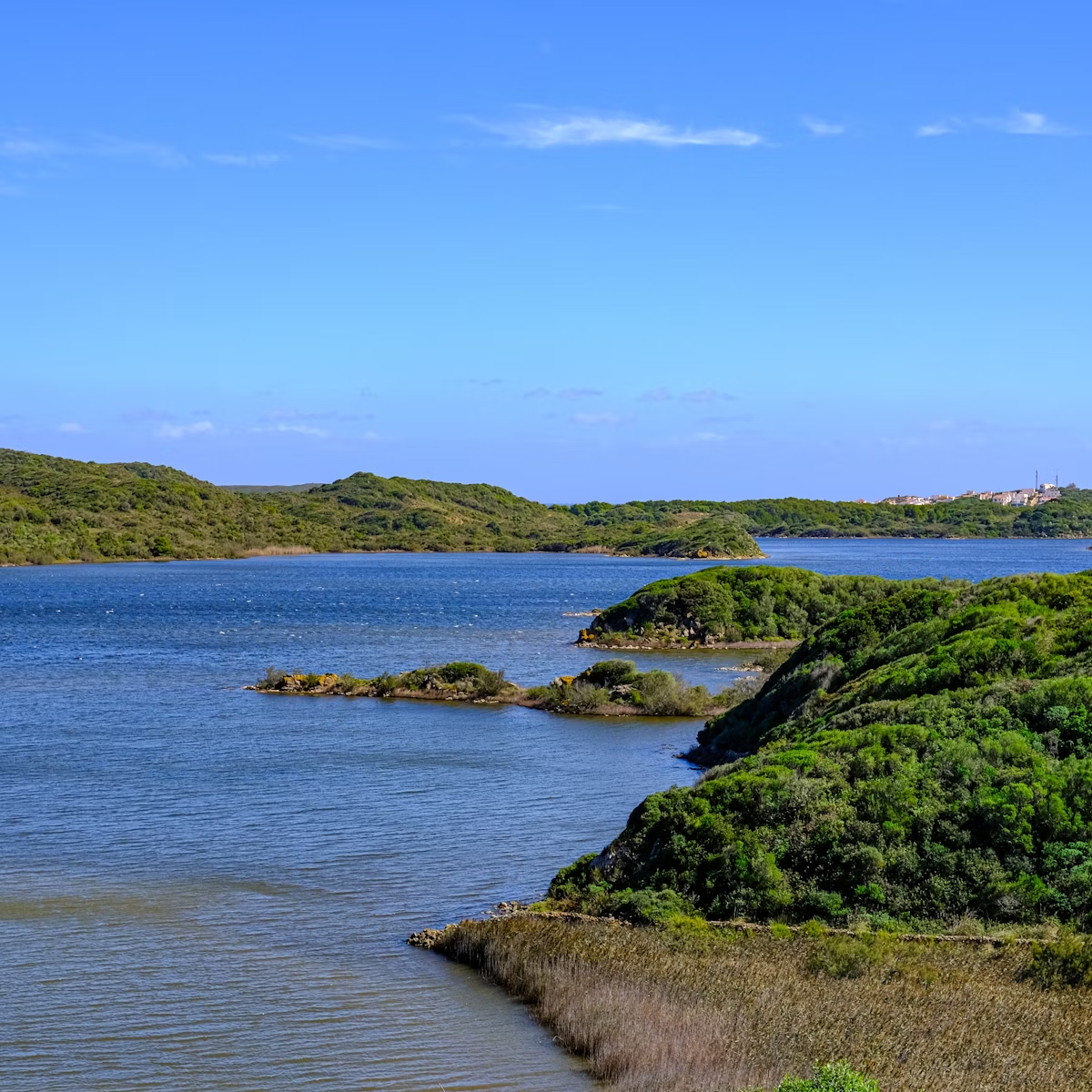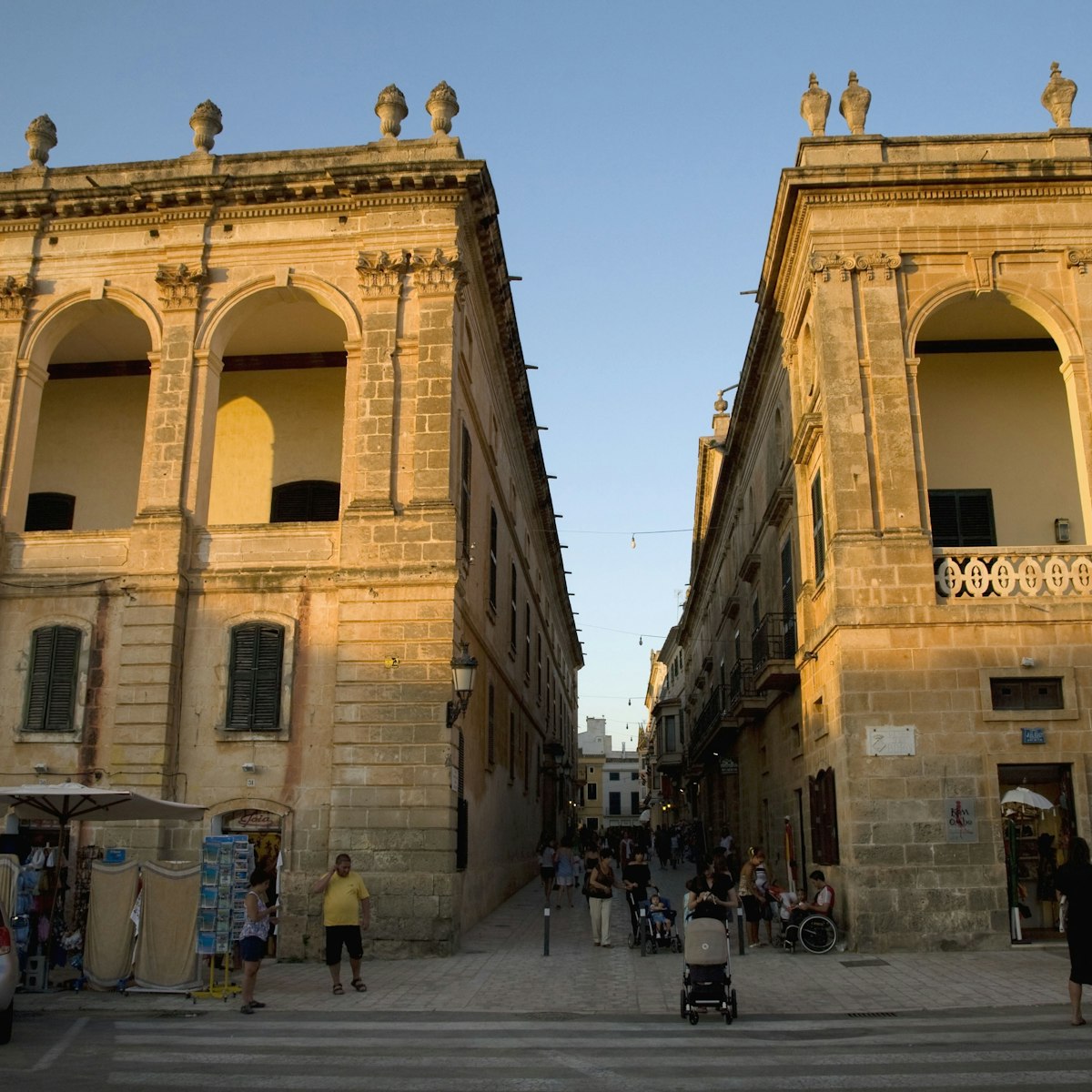Britain occupied Menorca principally to gain possession of Maó’s deep natural harbour, captured by the Royal Navy in 1708, and built Fort Marlborough (5km southeast of Maó) to defend the sound. Visits start with a walk through the tunnels and rock-carved rooms, enlivened by figurines. From the central hillock, fine views take in the emerald-green inlet Cala de Sant Esteve, the scant remains of the Castell de Sant Felip and, just south, the circular 1798 Torre d’en Penjat (Hangman's Tower).
Audioguides (€3) are available in various languages.




